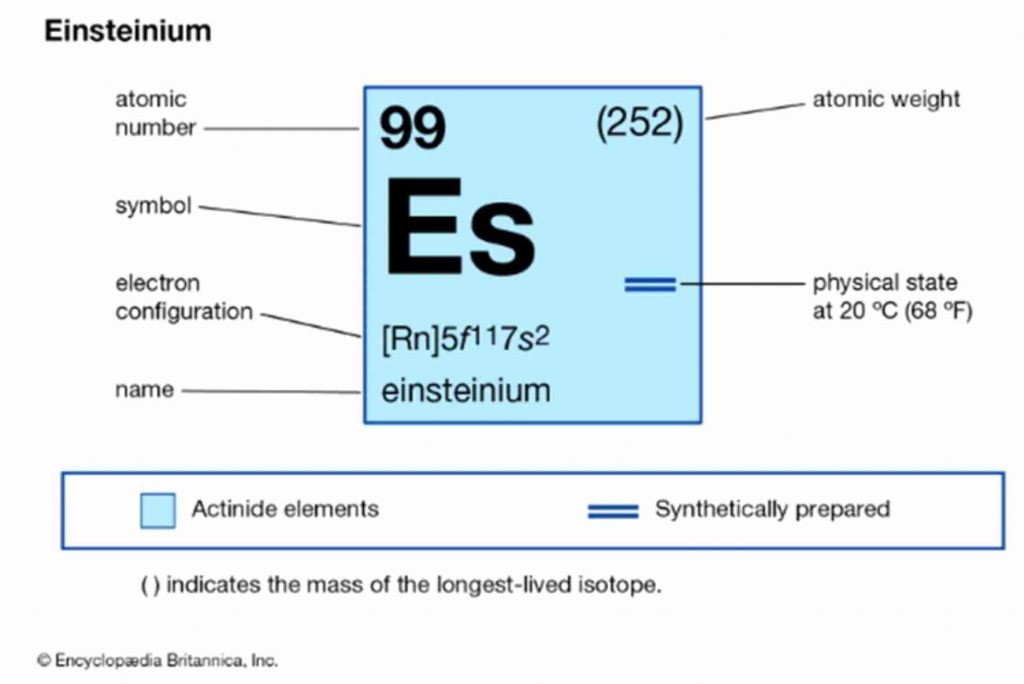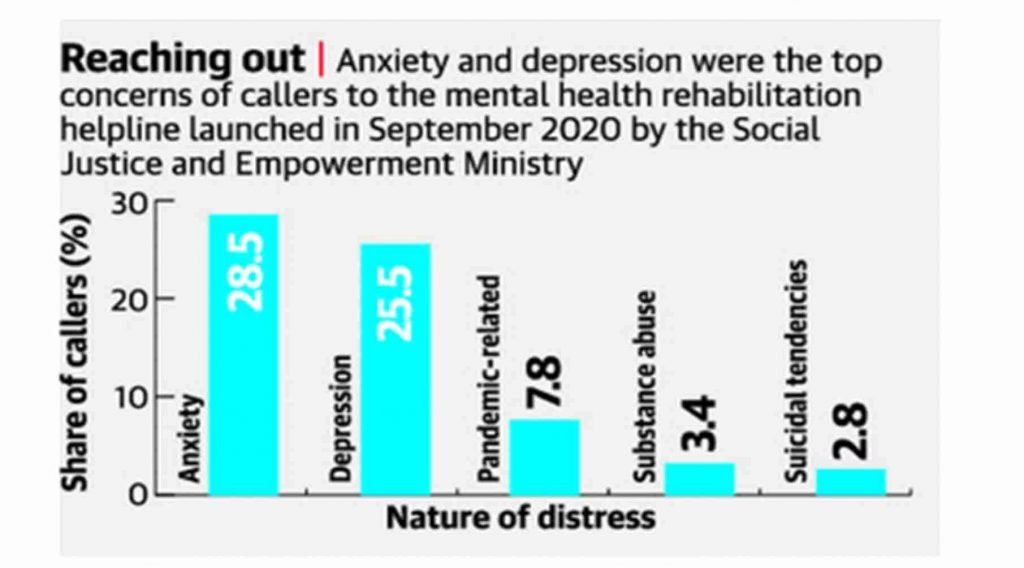Current Affairs (9th February 2021)
Glacial burst
CONTEXT:
- A glacier break is suspected to have caused the flash floods in Uttarakhand’s Chamoli. Last October 2020, the National Disaster Management Authority (NDMA), which is headed by Indian PM, had issued detailed guidelines on how to reduce and deal with disasters caused by what is scientifically called Glacial Lake Outburst Floods (GLOFs).
- It occurred in river Rishi Ganga due to the falling of a portion of Nanda Devi glacier in the river which exponentially increased the volume of water.

What are GLOFs and how vulnerable are the Himalayas?
- When glaciers melt, the water in glacial lakes accumulates behind loose, natural “glacial/moraine dams” made of ice, sand, pebbles and ice residue.
- A GLOF refers to the flooding that occurs when the water dammed by a glacier or a moraine is released suddenly.
- Unlike earthen dams, the weak structure of the moraine dam leads to the abrupt failure of the dam on top of the glacial lake, which holds large volume of water.
- According to NDMA, glacial retreat due to climate change occurring in most parts of the Hindu Kush Himalaya has given rise to the formation of numerous new glacial lakes, which are the major cause of GLOFs.
- Since glaciers in the Himalayas are in a retreating phase, glacial lakes are growing and pose a potentially large risk to downstream infrastructure and life.
- An “Inventory and Monitoring of Glacial Lakes / Water Bodies in the Himalayan Region of Indian River Basins”, sponsored by Climate Change Directorate, Central Water Commission, and done by National Remote Sensing Centre during 2011-15, found that there are 352, 283 and 1,393 glacial lakes and water bodies in the Indus, Ganga and Brahmaputra basins respectively.
How can the risk be reduced (by NDMA)?
- Identifying and mapping such lakes, taking structural measures to prevent their sudden breach, and establishing mechanism to save lives and property in times of a breach.
- Potentially dangerous lakes can be identified based on field observations, records of past events, geomorphologic and geotechnical characteristics of the lake/dam and surroundings, and other physical conditions.
- Use of Synthetic-Aperture Radar imagery to automatically detect changes in water bodies, including new lake formations, during the monsoon months.
- Methods and protocols could also be developed to allow remote monitoring of lake bodies from space.
- To manage lakes structurally, reduce the volume of water with methods such as controlled breaching, pumping or siphoning out water, and making a tunnel through the moraine barrier or under an ice dam.
| EXAMPLE:
A landslide occurred along the Phuktal (tributary to Zanskar river) on December 31, 2014 in Kargil district of Ladakh, leading to a potential flood situation on May 7, 2015. The NDMA created an Expert Task Force which, along with the Army, used explosives to channel water from the river using controlled blasting and manual excavation of debris. |
How well is India prepared?
- There are no uniform codes for excavation, construction and grading codes.
- Restricting constructions and development in GLOF/LLOF prone areas.
- Construction of any habitation should be prohibited in the high hazard zone.
- Existing buildings are to be relocated to a safer nearby region and all the resources for the relocation have to be managed by Central/State governments.
- New infrastructures in the medium hazard zone have to be accompanied by specific protection measures.
- Importance of land use planning: There are no widely accepted procedures or regulation in India for land use planning in the GLOF/LLOF prone areas. Such regulations need to be developed.
- There should be monitoring systems prior to, during, and after construction of infrastructure and settlements in the downstream area.
Are there early warning systems in place?
- The number of implemented and operational GLOF EWS is still very small, even at the global scale.
- In the Himalayan region, there are at three reported instances (two in Nepal and one in China) of implementation of sensor- and monitoring-based technical systems for GLOF early warning.
- Apart from pressing specialised forces such as NDRF, ITBP and the Army, NDMA has emphasised the need for trained local manpower.
- Besides classical alarming infrastructure consisting of acoustic alarms by sirens, modern communication technology using cell and smart phones can complement or even replace traditional alarming infrastructure.
- It is important to innovate and design lighter machinery, which are more suitable to be carried in the mountains in a disassembled form.
Einsteinium
CONTEXT:
- A team of scientists at the Berkeley Lab has reported some of the properties of element 99 in the periodic table called “Einsteinium”, named after Albert Einstein.
- Since its discovery, scientists have not been able to perform a lot of experiments with it because it is difficult to create and is highly radioactive. Therefore, very little is known about this element.
- With a new study published in the journal Nature recently, for the first time, researchers have been able to characterise some of the properties of the element.
ABOUT:
- Discovered in 1952 in the debris of the first hydrogen bomb (the detonation of a thermonuclear device called “Ivy Mike” in the Pacific Ocean).
- Einsteinium-254: one of the more stable isotopes of the element that has a half-life of 276 days. The most common isotope of the element, einsteinium 253 has a half-life of 20 days.
- High radioactivity and short half-life of all einsteinium isotopes, even if the element was present on Earth during its formation, it has most certainly decayed.
- It cannot be found in nature and needs to be manufactured using very precise and intense processes.
- So far, the element has been produced in very small quantities and its usage is limited except for the purposes of scientific research.
- The element is also not visible to the naked eye and after it was discovered, it took over nine years to manufacture enough of it so that it could be seen with the naked eye.

“Economic impact” of various judgments
CONTEXT:
- Government think tank NITI Aayog has asked Jaipur-headquartered research organisation Consumer Unity and Trust Society (CUTS) International to conduct a study on the “economic impact” of various judgments delivered by Supreme Court, the high courts, and quasi-judicial bodies such as the National Green Tribunal (NGT) and the “judicial activism” of such courts and tribunals.
ABOUT:
- Judicial decisions have far-reaching economic impacts which are often not taken into account at the time of decision making.
- The absence of ex-ante analysis of the economic costs associated with a decision is further exacerbated when judicial activism by courts and tribunals is also in play.
- Study funding: NITI Aayog
- Objective of study: “narrative building for sensitising the judiciary on the economic impact of their decisions”
- Significance: the findings will be used as a training input for judges of commercial courts, NGT, HCs, SC.
- The study, initially supposed to start in February 2020 and get over by the end of this month, was delayed due to a nationwide lockdown to prevent the spread of Covid-19.
- The study is to do an objective cost-benefit analysis of the economic impact of the decisions.
- The study is also a part of the larger umbrella project undertaken by NITI Aayog under which it wants to establish a judicial performance index, which would measure the performance of judges at district courts and subordinate levels.
FIVE DIFFERENT DECISIONS BY THE SC AND THE NGT:
- I study: On the economic impact of the ban that was imposed by the apex court in March 2019 on the construction of a greenfield airport at Mopa in Goa.
- II study: SC’s February 2018 ban on iron ore mining in Goa.
- III study: 2013 NGT ban on sand mining in the Yamuna river in Gautam Buddha Nagar.
- IV study: Recurring SC ban on construction of buildings in Delhi and National Capital Region.
- V study: Apex court’s decision rejecting the opening of Vedanta’s Sterlite copperplant, which has been closed since April 2018.
Access mental health helpline
CONTEXT:
- The ‘Kiran’ Helpline service was set up by the Social Justice and Empowerment Ministry.
- The majority of callers (75.5%) were in the age group of 15 to 40 years, while 18.1% were older, in the 41 to 60 age group,
ABOUT:
1. The callers 65.9% had “milder nature of distress”, while 26.5% were “moderately distressed” and 7.6% were “severely distressed”.
2. 32.3% of the callers were students, 15.2% were self-employed, 27.1% were employed, 23.3% were unemployed, 1.4% were home-makers and 0.7% did not reveal the information.
3. While most of the callers (78.2%) sought help for themselves, others reached out for their parents, siblings, spouse and others.
4. Most of the calls were from the North zone (40.32%), followed by West (27.08%), South (16.99%), East (11.28%) and North East (4.33%).
5. The 24/7 helpline offers early screening, psychological first-aid, psychological support, distress management, mental well-being, psychological crisis management services and referrals to mental health experts and is operated by 81 front-line professionals, apart from volunteer psychiatrists, clinical and rehabilitation psychologists.
Issues:
- High Public Health Burden
- Lack of Resources
- Loss to Economy
- Demographic Dividend
- Post-Treatment gap
- Poor awareness
- Rise in Severity
- Prone to abuse


